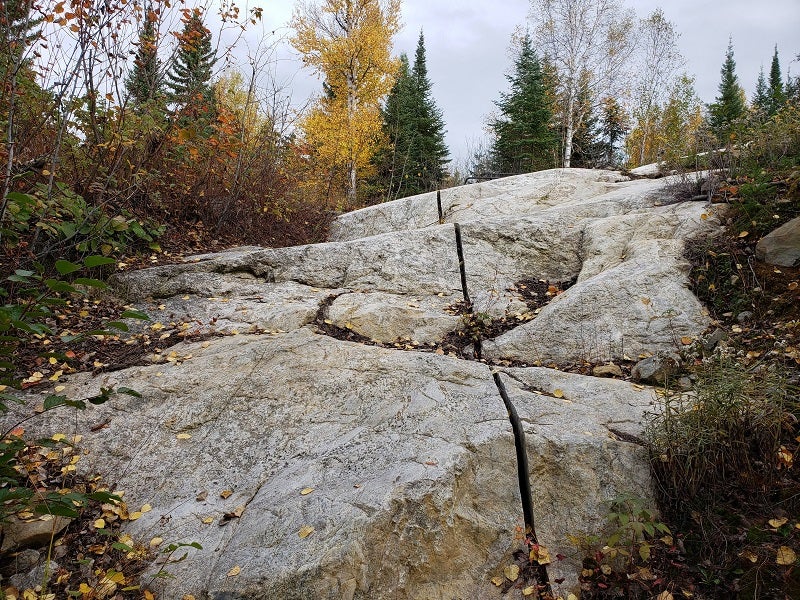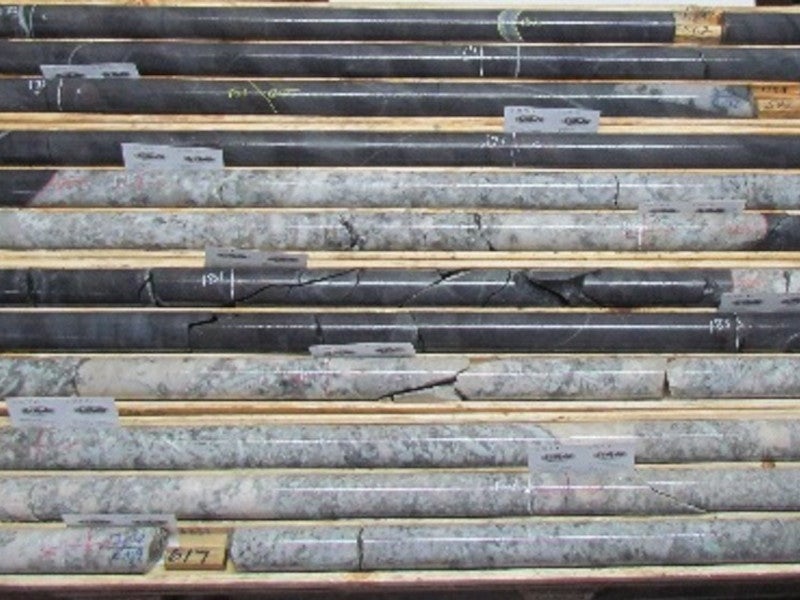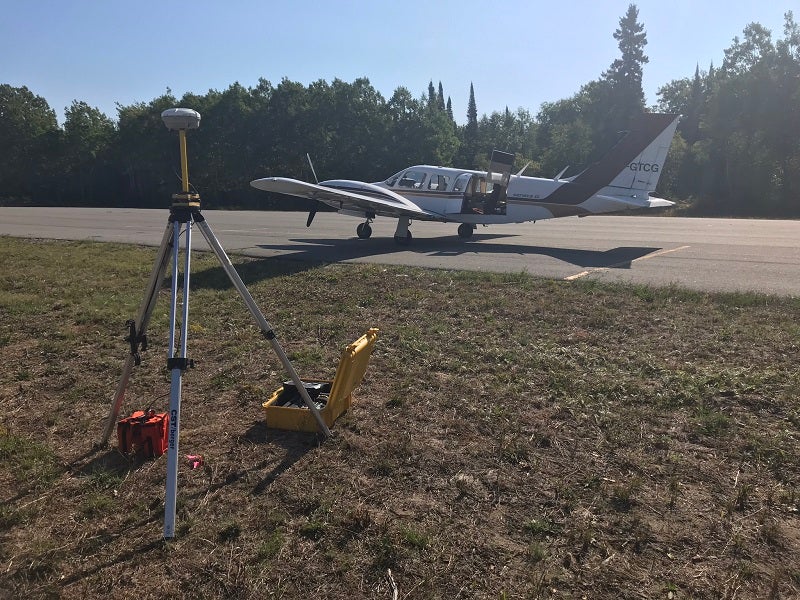The Georgia Lake spodumene project is located in the Thunder Bay Mining District of Ontario, Canada. It is being developed by Rock Tech Lithium, a lithium development company, which owns a 100% interest in the project.
Rock Tech announced the results of the project’s pre-feasibility study (PFS) in November 2022. The project is estimated to have a mine life of nine years considering low-cost open-pit mining for the first four years and underground mining for the last five years.
The initial capital cost of the Georgia Lake project is estimated to be $250m. The mine is expected to produce an average of 100,000tpa of spodumene concentrate (SC6) over its life.
Rock Tech plans to conduct a definitive feasibility study for the project, with a production decision expected in 2023.
Location of the Georgia Lake spodumene project
The Georgia Lake spodumene project lies approximately 160km north of Thunder Bay in the Thunder Bay Mining District of Ontario. The mine site is 16km south of Beardmore, 66km north of Nipigon, and 7km from the Nama Creek access road.
Geology and mineralisation of the spodumene project
The mine property is divided into two sections, namely northern and southern spodumene pegmatite areas.
It hosts lithium in the form of spodumene, which occurs within pegmatites hosted by metasediments. The pegmatites found at the mine are of Albite-Spodumene type and occur along with smaller amounts of diabase and granitic rocks.
Lithium mineralisation on the property appears in the form of coarse-grained fresh pale green spodumene crystals, which are aligned perpendicular to the pegmatite dike strike in uniform dikes and randomly aligned inside the inner spodumene zone in simply zoned pegmatite dikes.
Reserves at Georgia Lake
The estimated probable mineral reserve at Georgia Lake is 7.33 million tonnes (Mt) at an average grade of 0.82% Li₂O as of July 2022.
Mining of the Ontario-based spodumene project
The project will employ long-hole open stoping (LHOS) underground mining along with open-pit mining.
Conventional drill-blast cycles will be used for both ore production and development. The extraction of all stopes will be done in a bottom-up manner, which ensures that the level below is filled and full in advance of the stope above.
Recovered ore will be loaded using load-haul-dumps (LHDs) and transported by 40t trucks. Unconsolidated waste rock fill will be reinserted into the stopes.
Open-pit mining will end in the fifth year of mining, with underground mining ramping up in the fourth year and concluding in the ninth year.
Processing at Georgia Lake
The processing facility will be built at the mine site with a capacity of 136tph or 1Mtpa at an 85% dense media separation (DMS) circuit utilisation factor.
Front-end loaders will feed the ore to the run-of-mine (ROM) stockpile for crushing to a size of 9.5mm before stockpiling. The DMS feed conveyor will receive the crushed ore from the stockpile via the reclaim feeder to prepare the dense media feed.
The dense media circuit will comprise three dense media circuits including a twin separation cyclone, secondary coarse separation and secondary fines separation. Further screening will be performed on the produced dense media feed using mica removal and secondary DMS recrushing procedures.
All 1.0mm fines obtained by the DMS circuits, as well as the secondary fine DMS floats will be delivered to the grinding and classification circuit for additional size reduction and deslime preparation for flotation. The deslime cyclone overflow will pass through the deslime magnetic separator for magnetic removal prior to flotation.
An effluent discharge box will transport the non-magnetics from the deslime magnetic separators to the Mica flotation conditioning tank for concentration and then to the spodumene flotation deslime cyclone for slime removal.
The underflow from the spodumene flotation deslime cyclone will be sent to the spodumene flotation circuit for concentration and cleaning. The product will be transferred to the flotation concentrate thickener for dewatering before being sent to the filtration circuit to produce spodumene fines filter cake as the final product.
The filter cake will be then transported to a stockpile in the product building for grade sampling and monitoring. The concentrate will be transported by road to the port of Thunder Bay for further processing.
Infrastructure facilities at Georgia Lake
The Nama Creek Mine Road, located north of Nipigon on Highway 11, provides access to the mine site.
The project will receive power from the existing 115kV power line in the area. The connection point to the 115kV line will be a substation with two step-down transformers to 29.94kV, and a 7km overhead distribution line that will be installed to supply power to the areas near underground mines.
Another set of step-down transformers will be put in place to power the electrical distribution network and serve as an interface for underground mining operations.
Process water will be sourced from raw water, recycled water from the process plant, and treated mine water. A pump station on the Postagoni River, west of the mine, will provide fresh water to the project, which will be treated by two water treatment plants to produce potable water.
A permanent accommodation camp will be constructed onsite with facilities including 240 rooms a laundry room, a recreational centre, and a dining room.
Contractors involved
Rock Tech hired international mining consulting company AMC Mining to prepare the PFS for the Georgia Lake spodumene project.
Wave International, a resource development consultant; Knight Piésold, a global consulting firm; Pinchin, an environmental and engineering consulting firm; and consulting firm Environmental Resources Management were involved in preparing the PFS.






